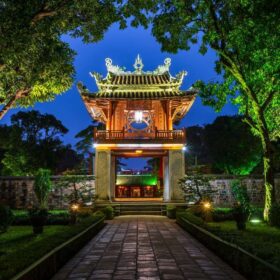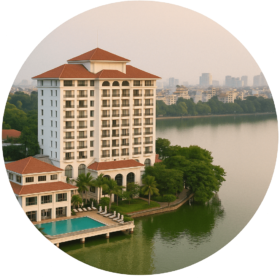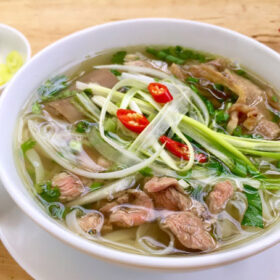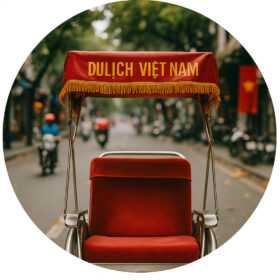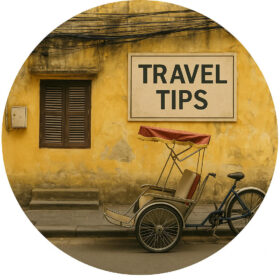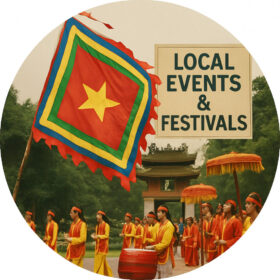Lorem ipsum dolor sit amet, consectetuer adipiscing elit, sed diam nonummy nibh euismod tincidunt ut laoreet dolore magna aliquam erat volutpat.
💡 Hanoi Travel Tips & FAQs
English is commonly spoken in hotels, tourist attractions, and cafes in the Old Quarter. In more local areas, it might be limited — but people are helpful and often use Google Translate if needed.
At least 2–3 days is ideal to enjoy the main sights, try the food, and get a feel for the local vibe. If you have more time, consider day trips to Ninh Binh, Bat Trang, or Duong Lam Village.
Yes! You can buy a local SIM card at the airport, convenience stores, or mobile shops. Popular networks include Viettel, Mobifone, and Vinaphone. Most SIMs offer cheap data plans.
Dress modestly: cover your shoulders and knees when visiting religious sites. A light scarf or shawl is useful to carry with you for this reason.
Tipping isn’t mandatory in Vietnam.
The most pleasant time is from October to April, when the weather is cooler and drier. From May to August, it’s hot and humid, with afternoon showers. Winter (December–February) can be chilly, especially in the mornings.
Yes, Hanoi is generally safe. Petty theft is rare but still possible, so keep your valuables close in crowded areas. Locals are friendly and helpful — don’t hesitate to ask for directions.
You’ll need cash (Vietnamese Dong) for most street food, local shops, and taxis. Credit cards are accepted in big hotels and restaurants, but always ask first. ATMs are easy to find.
The easiest way to get around is to walk, use Grab or rent a motorbike. The Old Quarter is best explored on foot, be careful when taking a taxi as the meter is charged, or ask for the price first, it is best to use a ride-hailing app like Grap, or be, Vietnam’s xanhsm app
Absolutely — street food is a must-try! Look for stalls that are busy with locals, where the food is cooked fresh. If it smells good and looks clean, it’s probably delicious and safe.


